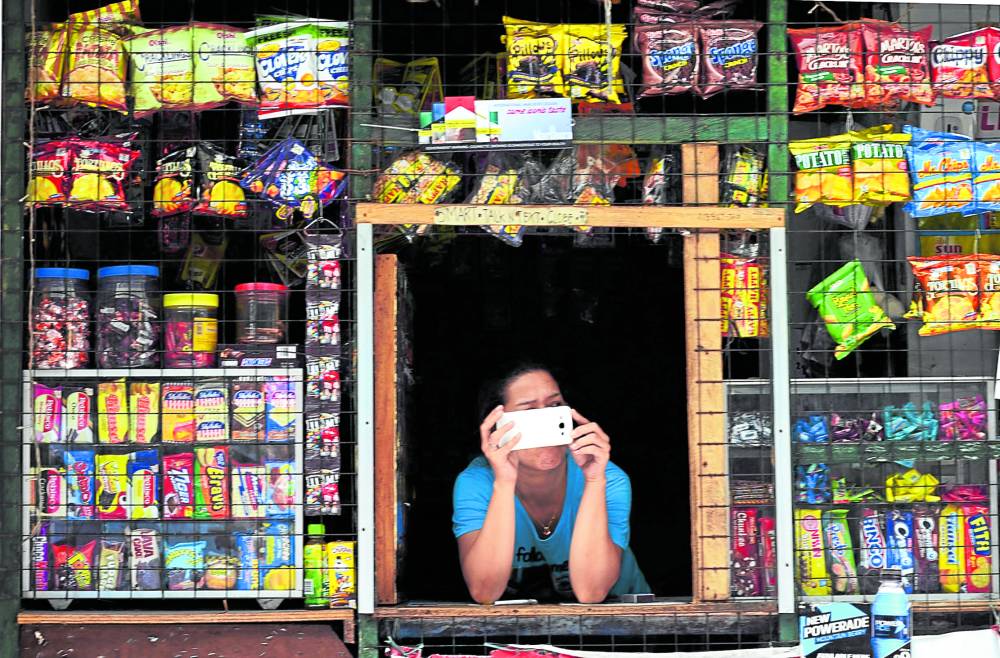Pinoys still spending less in ‘sari-sari’ stores–study

Average monthly spending at “sari-sari” (variety) stores continued its decline last year as consumers increasingly opted for smaller, more frequent purchases to stretch their limited disposable income, according to a study.
The study released on Monday by local tech startup Packworks showed that average monthly spending by Filipinos at sari-sari stores last year fell to P689 each, based on insights from its micro-retail analytics platform Sari IQ.
This represents an 11.8-percent drop from the P781 average in 2023, which had already decreased from P800 in 2022.
Yet despite the decline in spending, Filipinos visited sari-sari stores more frequently even as they purchased fewer items with each visit.
Packworks chief data officer Andoy Montiel said this trend points to a growing shift toward the “tingi” style of purchasing where consumers buy smaller quantities more frequently as a strategy to manage their limited budgets.
“The combination of Filipinos’ smaller basket sizes and more frequent visits to sari-sari stores points to a preference for buying in smaller, more affordable portions—the essence of the ‘tingi’ economy,” Montiel said.
Reduced basket
“This behavior likely stems from consumers needing to stretch their budget further, even in a lower inflation environment. They might be opting to buy only what they immediately need, rather than larger quantities less frequently to stock up,” he added.
Region I (Ilocos Region) posted the sharpest drop in spending at 31 percent, bringing the monthly average basket in the region down to P570.
Metro Manila (National Capital Region) followed with a 28-percent decline and a monthly average basket of P702, while Region VIII (Eastern Visayas) recorded a 25- percent drop, with spending averaging P508 per month.
In contrast, Region IV-A (Calabarzon or Cavite, Laguna, Batangas, Rizal, Quezon) and Region IV-B (Mimaropa or Mindoro, Marinduque, Romblon, Palawan) registered the highest monthly spending in sari-sari stores, averaging P1,027 and P1,237, respectively.
Even with their limited spending, Filipinos visited sari-sari stores more often in many areas, Packworks found.
Stores surveyed by the startup recorded an average of 18 transactions per month nationwide last year, reflecting a 16-percent increase from 15 transactions per month in 2023.
The most commonly purchased items in Filipino sari-sari stores were seasoning and recipe mixes, detergent, powdered drinks and hygiene products like shampoo and conditioner.





















